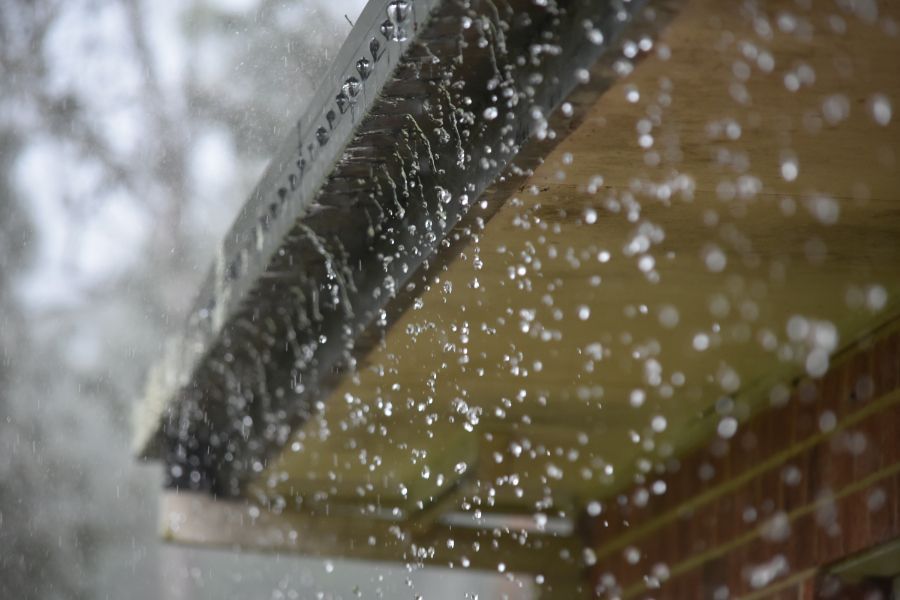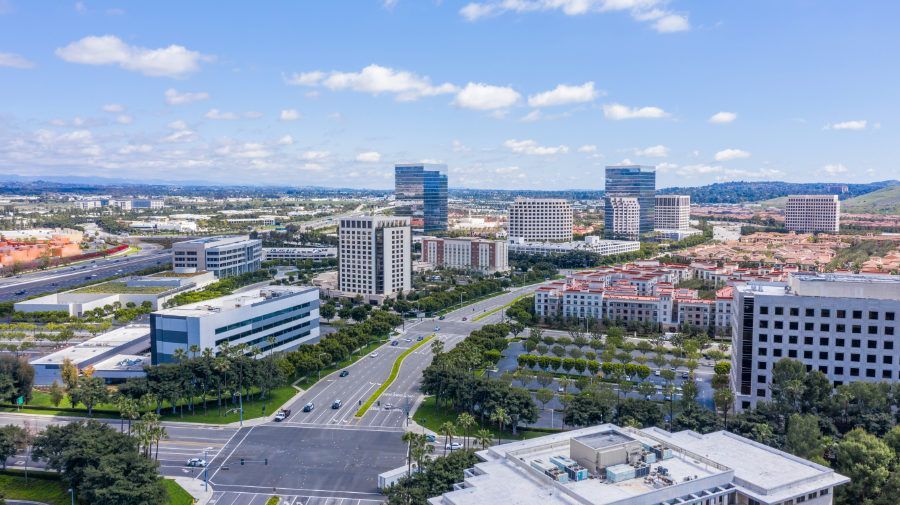3 Most Common Issues During Rainy Season

Now that the days are shorter, it's only a matter of time before we welcome rain to Southern California. As much as we need rain, it brings with it a number of issues for many rental properties that may have been overlooked during the spring and summer.
Below, we’ll share with you three common issues
property managers and investors need to deal with during the rainy season.
Issue #1 Water Intrusion
Heavy rains can sometimes overwhelm the local drainage systems. This can result in water accumulation in the low points of a property. While most homes are built with elevation from the ground floor in order to leave room for a crawlspace, some homes are built on a slab foundation. This is typically much lower to the ground, which in heavier rainfall can result in water penetrating the home.
Water can also seep through the roofs, walls, and vents through damage to the roof,
broken gutter systems, or cracks in the exterior walls. This can weaken structures while also damaging interior walls and flooring. Water damage can lower property value and, if left unchecked, lead to thousands of dollars of property damage.
The increased humidity also encourages mold growth, especially if water leaks from the roof or walls. This can spread quickly if not addressed. Mold can damage surfaces and create health hazards for tenants, especially for those with allergies or respiratory issues. If mold issues persist, this can result in complaints from the tenants or, in the worst case, a lawsuit that deems your rental uninhabitable until the mold is dealt with. For this reason, regular inspections and timely repairs to leaks are necessary to maintain a safe living environment for your tenants.
Issue #2 Pests
Heavy rainfall is oftentimes followed by an uptick in pests. This is typically because many pests look to homes for cover. Pests like mice, rats, and cockroaches can occasionally be seen in homes that would normally have no pests during the rest of the year. This may bring complaints from the tenants if not dealt with promptly.
The rain can also make for areas where pests thrive. For example, stagnant water can become breeding grounds for mosquitoes, while termites thrive in damp wood. This can potentially cause severe damage to wooden structures, framing, and furniture. Not to mention, they’re incredibly annoying.
Pest infestations can lead to tenant dissatisfaction as well as potential property damage. However, preventive measures like regular pest control services and ensuring water isn't allowed to stagnate are crucial. If left unchecked, mice and rats can severely damage core systems such as the
HVAC system or
electrical wiring. At the same time, termites can be expensive to eliminate once the rental is infested.
Issue #3 Tenant Satisfaction
Although there is nothing we can do to stop rain from falling, a tenant may be dissatisfied if the rain directly affects their stay at your rental. Water leaks or power outages caused by the rainy season can be problematic, especially if they have been reported previously. While older homes may have issues stemming from the age of the home, if the response to tenant complaints about weather-related issues is delayed, the landlord-tenant relationship may falter.
For this reason, prompt communication and addressing tenant concerns can help not only maintain trust but also keep your property in great shape. Preparing properties for the rainy season can reduce tenant complaints and operational disruptions. This means consistent income from your investment property.
It’s a good idea to inspect your rental property before the rain falls as a way to protect your investment from Mother Nature. If you need help with preventative measures for the rainy season or if you need help managing Beach City rental property, we invite you to call us today at (562) 888-0247 or complete our
Owner Application online.





